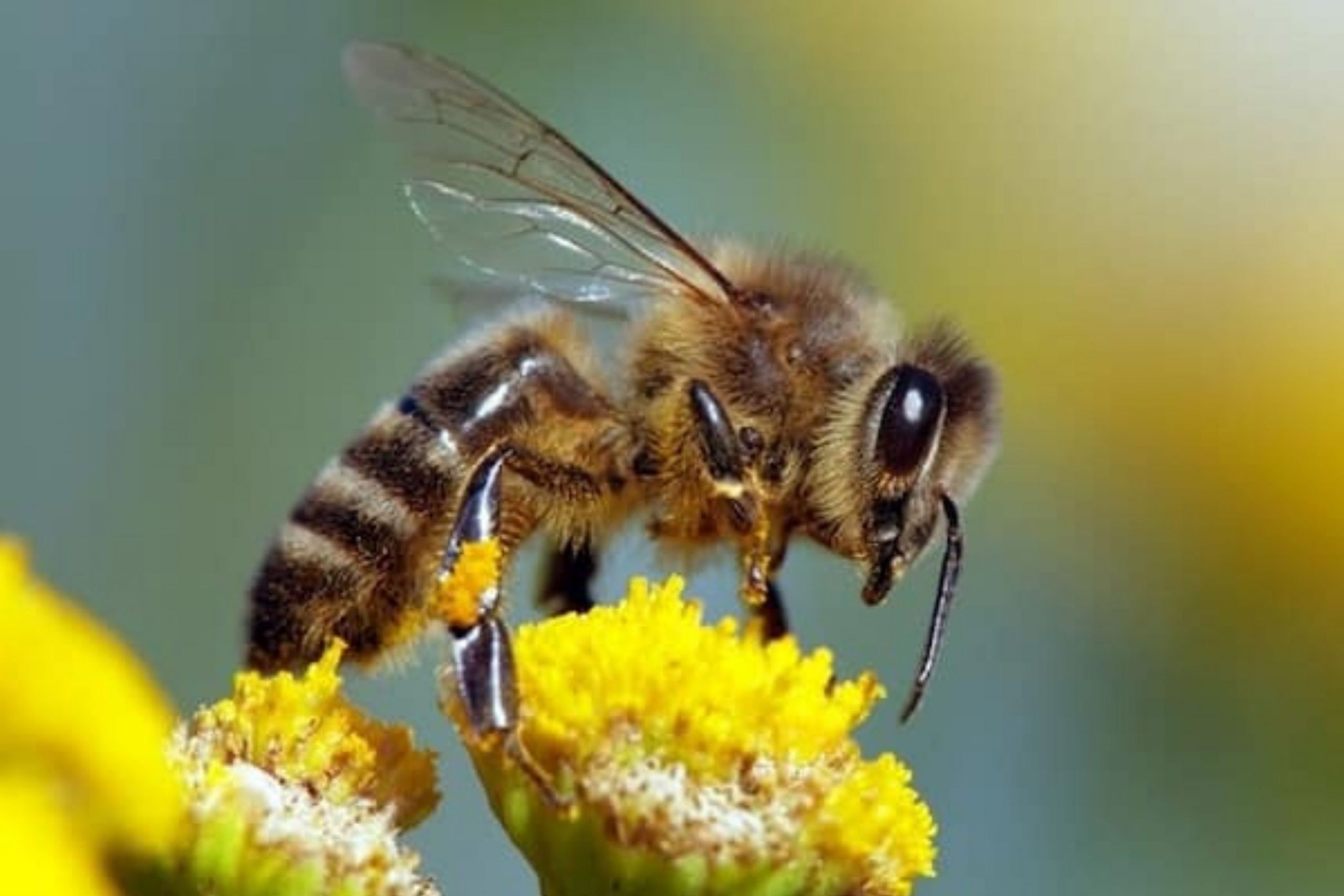Honeybees and Chokecherry Trees
Summer is sweet with these essential New Mexico species.
As spring gently rouses New Mexico from its winter sleep and steadily warms into summer, the days become brighter and our gardens welcome back their beautiful blooms. With all this beauty around, I am inspired to talk about one of Earth’s most impressive and important species, who starts to make an appearance around this time of year: the honeybee!
So, what’s the buzz about honeybees? While several species of bees are native to New Mexico, honeybees specifically have been in the area since the 1500s when early Spanish settlers imported them along with other livestock up El Camino Real. Considered a valuable commodity and tremendous asset to humans, bees were brought along mainly because of their pollination services. Spanish settlers also introduced new plants to the area like fruit trees (apple, peach, pear, apricot), watermelon and cantaloupe, that simultaneously attracted and were reliant on honeybees and other pollinators. Did you know that managed honeybees (apiculture) are among the most reliable pollinators in agriculture? That’s very important in this state. New Mexico alfalfa hay, for example, is one of the state’s top agricultural crops, and it is almost entirely dependent on bee pollination.
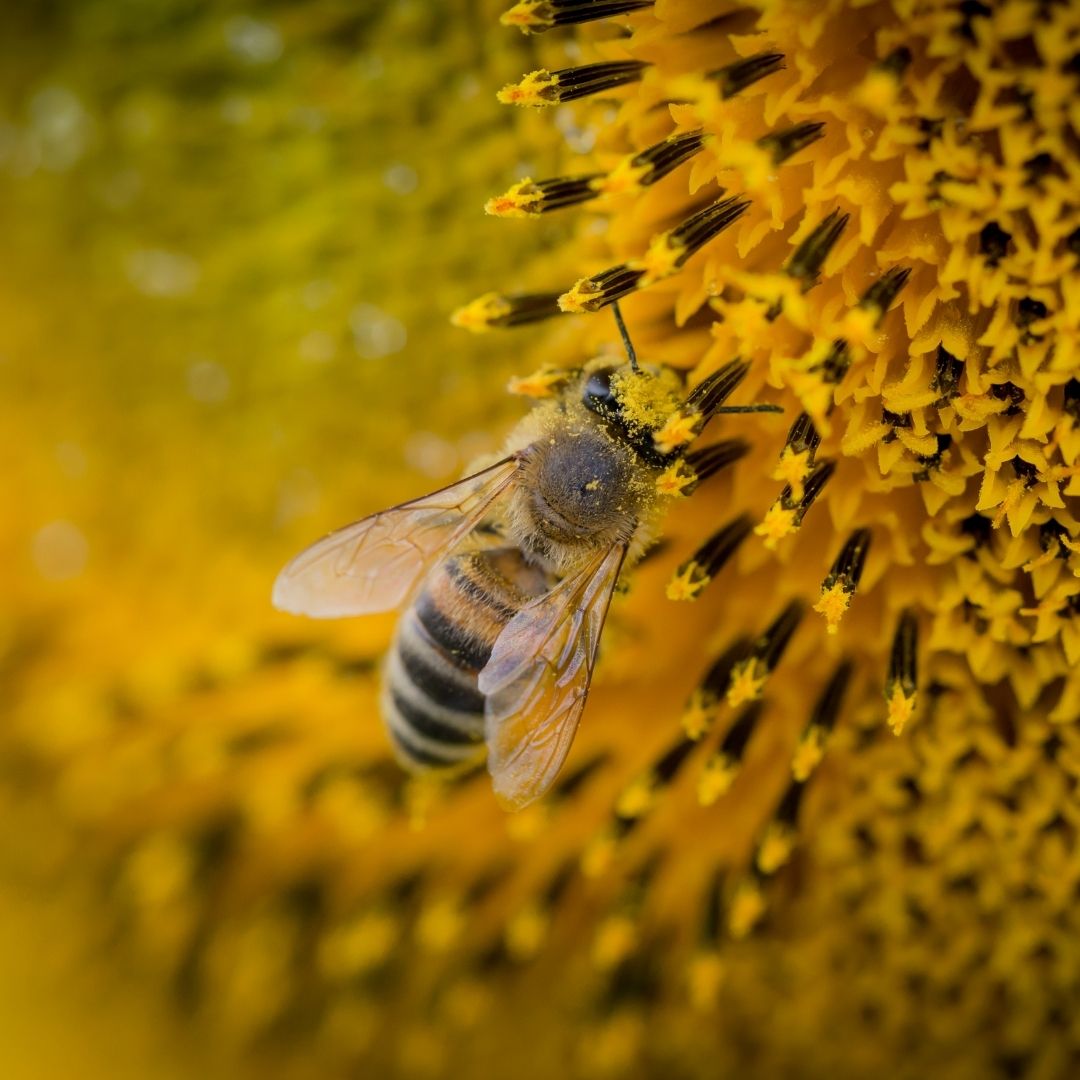
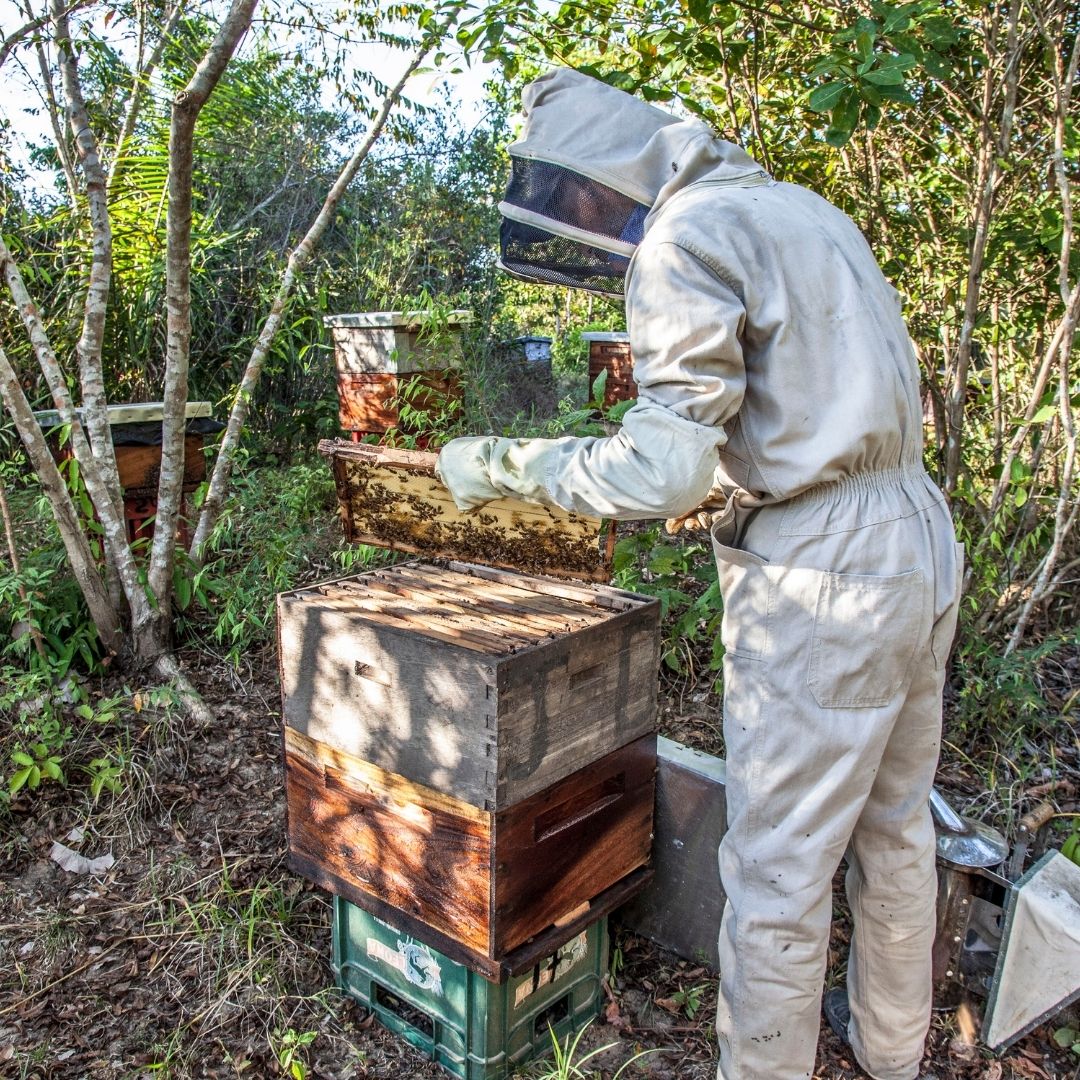
Honeybees are also valued for their honey, wax production and more. Local honey provides allergy relief from local plants, and bee pollen, rich in vitamins, protein and other nutrients, does too. Beeswax is great for fixing squeaky hinges, polishing wood furniture and for making soap, lotion or salve. Of course, here at El Rancho de Las Golondrinas we use beeswax in our candle-making activity that we offer at certain events! Propolis, the resin bees collect from trees to coat the hive, has antifungal, antibacterial and anti-inflammatory properties — and let’s not forget bee venom therapy, using bee stings to relieve arthritis. Wow, the brilliance of bees!
Evolving over millions of years, honeybees, though just one of thousands of known species of bees, are unique in their ability to produce honey and form large “eusocial” societies, the most evolutionarily advanced among colony groups. Their form of communication, the most developed of any invertebrate, includes seven dances used to alert the colony about the location and distance of pollens. Members of Honeybee colonies collectively rear their young, remove their dead, disinfect, and clean their home, make their honey, forage for pollen and nectar, tend to their queen, guard their home, and construct the immaculate hexagonal waxen chambers of their comb. They even self-medicate by choosing plants that benefit them. Incredible! Also, is there really any other way to enjoy a New Mexico sopapilla than with local honey?!
As pollinators, bees broaden our diets beyond meats and wind-pollinated grains. According to the U.S. Department of Agriculture, an estimated one-third of all foods and beverages are made possible by pollination, mainly by honeybees. Pollinators are also essential for flowering plants and entire plant communities.
Here in New Mexico, alfalfa, watermelon, squash, pumpkins, tomatoes, eggplant, apples, chokecherry and other fruit trees, cotton and chile are some of the crops that not only attract pollinators but are reliant on honeybees and native bees for pollination. According to pollinator.org, domestic honeybees pollinate approximately $10 billion worth of crops across the U.S. per year!
Unfortunately, the sad truth is that the world’s bee population is diminishing, but the good news is that there’s something we can do to help! We can plant a bee-friendly garden that’s not only beautiful and fragrant, but that will help bees get the food they need so they can continue to pollinate and support plant life everywhere.
First and foremost, avoid the use of insecticides as they can kill pollinators, and start by growing native flowering plants. Adapted to the environment and requiring little irrigation, native wildflowers, shrubs and trees are the best sources of nectar and bloom well without fertilizers. Bees have good color vision — that’s why flowers are a great place to start when creating a bee-friendly garden. They especially like blue, purple, white and yellow. Plant flowers in clumps instead of scattering them, which ensures bees are more likely to find them, and plant them in the sun. Butterflies, for example (also pollinators), generally feed mostly on plants in the sun. Plant a variety of species that flower at different times, therefore sustaining pollinators throughout the growing season. Good options for New Mexican gardens are the chocolate daisy, desert willow, sunflower, golden aster, evening primrose, lilac and a personal favorite of mine, the southwestern chokecherry, one of New Mexico’s most savored trees. Found between 5,000-8,000 ft., they thrive in rich, moist soils along riverbanks but are also hardy enough to withstand drought, which is why they’re perfectly adapted to much of Northern New Mexico.
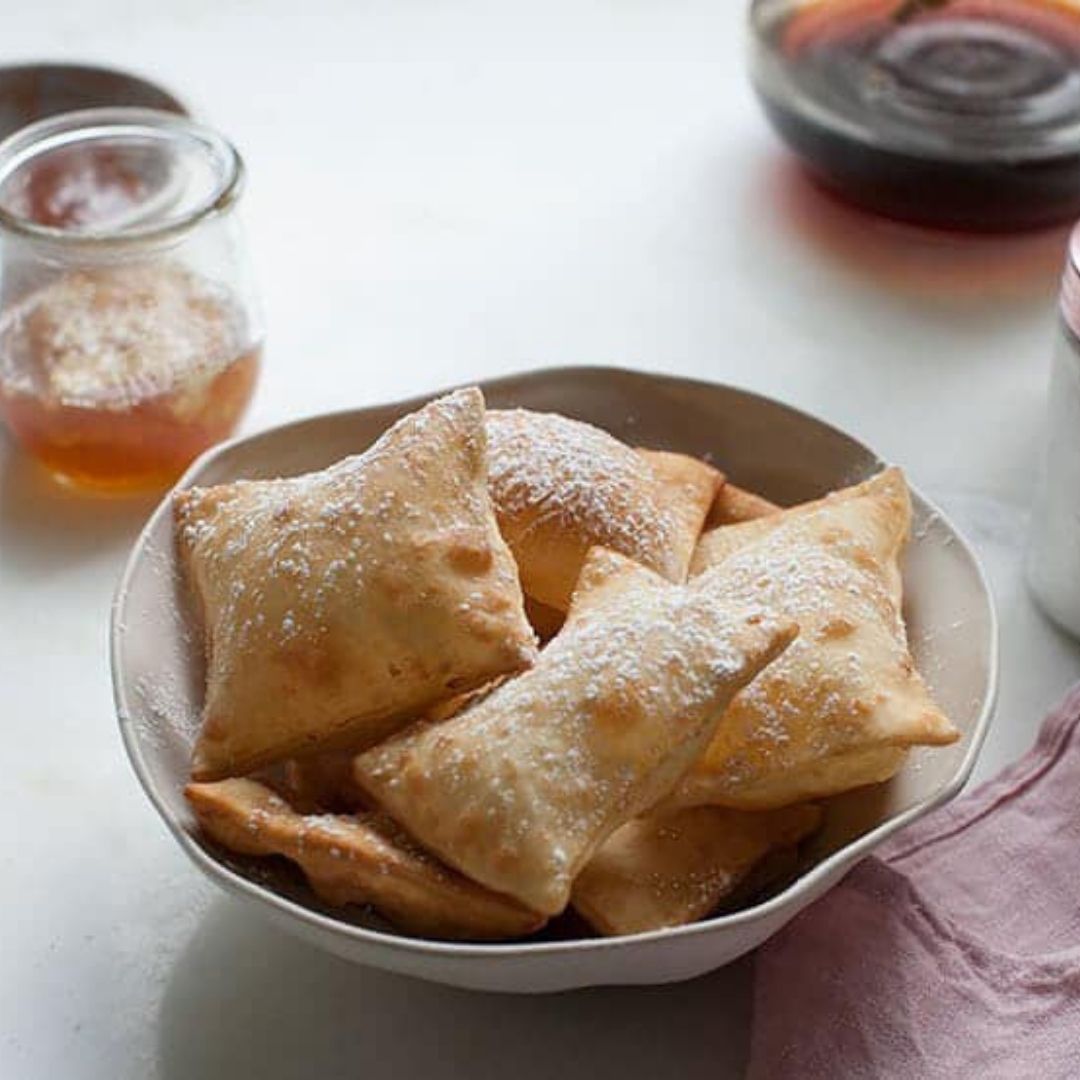
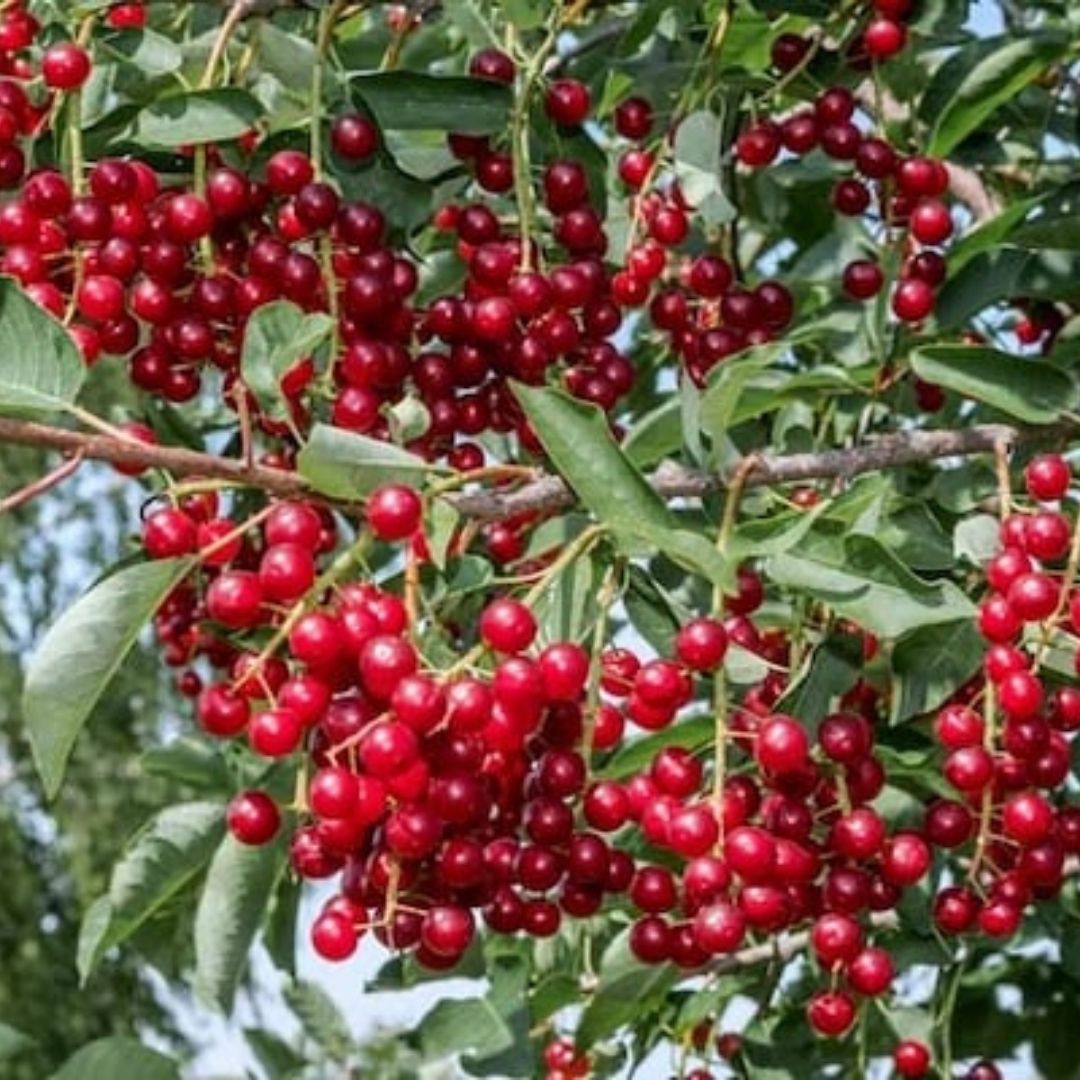
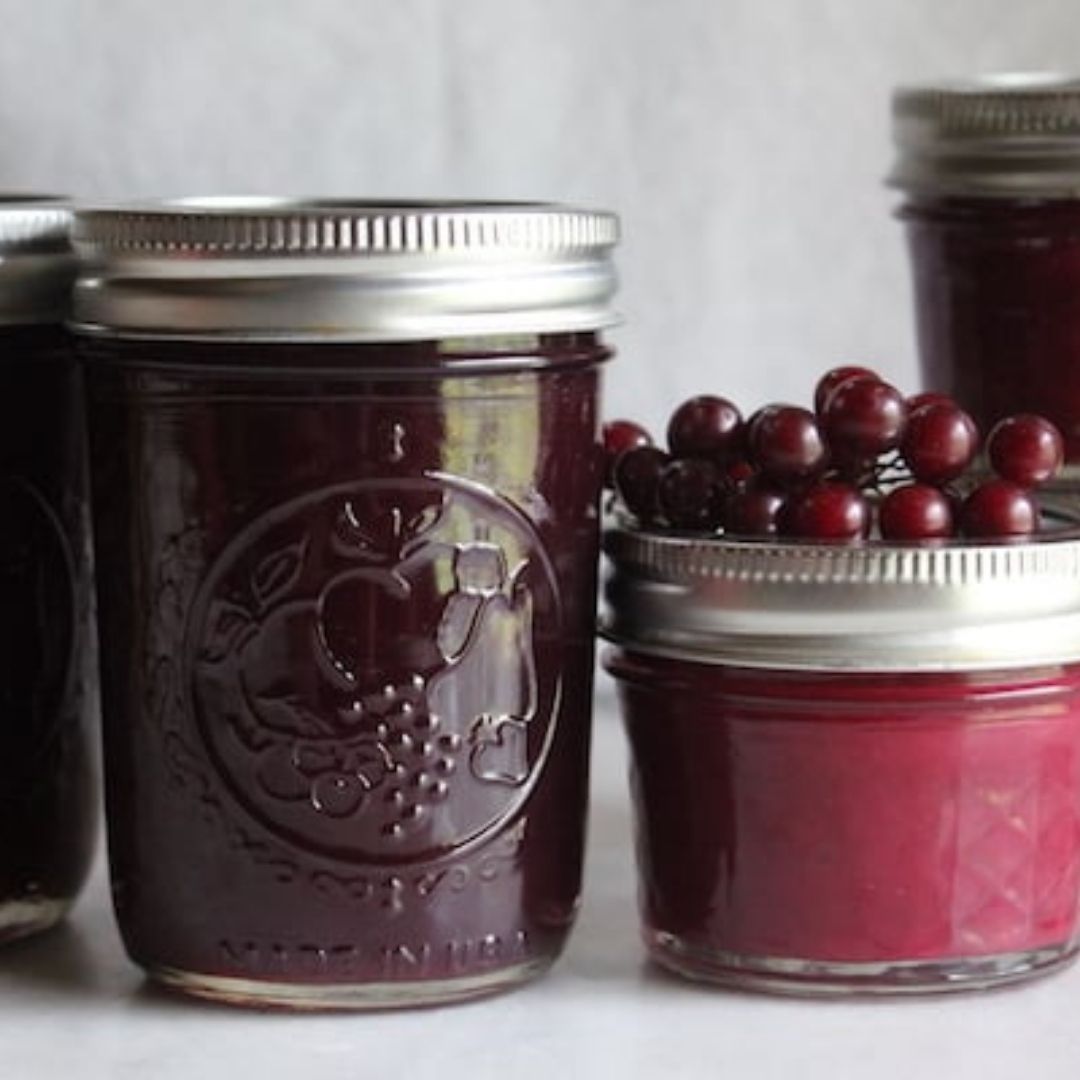
A native species of New Mexico, chokecherry trees have been traditionally prized as both a food (the berries are high in antioxidants and rich in vitamin C) and for the medicinal properties of its bark and roots. Valued especially for its astringency and beneficial effect upon the respiratory system, the roots and the bark are a blood tonic, astringent, sedative and appetite stimulant. Dried chokecherries mixed with osha is great for making homemade cough syrup. A staple food among many Indigenous communities, the chokecherry ranks among the most important fruits. Called “capulin” in Spanish, chokecherries have long been used to make jelly, syrup and even wine.
To make jelly, the juice is extracted from the berries using an old-style food mill (or colador in Spanish). This process smashes out the juice and leaves the seeds. The juice is then boiled with crab apples to perform some the jelling of the jelly, as crab apples are a natural source of pectin. Sugar is added to make it sweeter, but also to deter bacterial growth. Once poured into jars, they are boiled and then cooled to seal tightly. The juice is primarily extracted for jelly making and the remaining pulp can then be used to make wine. The making of chokecherry (capulin) jelly is an art form and an iconic part of the New Mexican tradition. Authentic New Mexican recipes are tough to find online, but this recipe is a good place to start. My guess is that most capulin recipes stay within the family, but fortunately one can usually find local vendors who make and sell this delicious treat at local farmer’s markets.
While you can also consume them raw, they pack some pucker power (there’s a reason they’re called chokecherries!). The intense, often bitter, taste mellows when dried or cooked with sweeteners. Capulin jellies and syrups are sweet, tangy (and a lovely color) and are delicious on toast, pancakes, tortillas and more. Much like sopapillas with local honey, capulin is a must-try New Mexican delicacy. Planting this tree is a win-win! Not only will you be supporting our buzzy little pollinators, but you’ll be able to carry on the make delicious, homemade jelly, as has been the tradition for generations of New Mexicans.
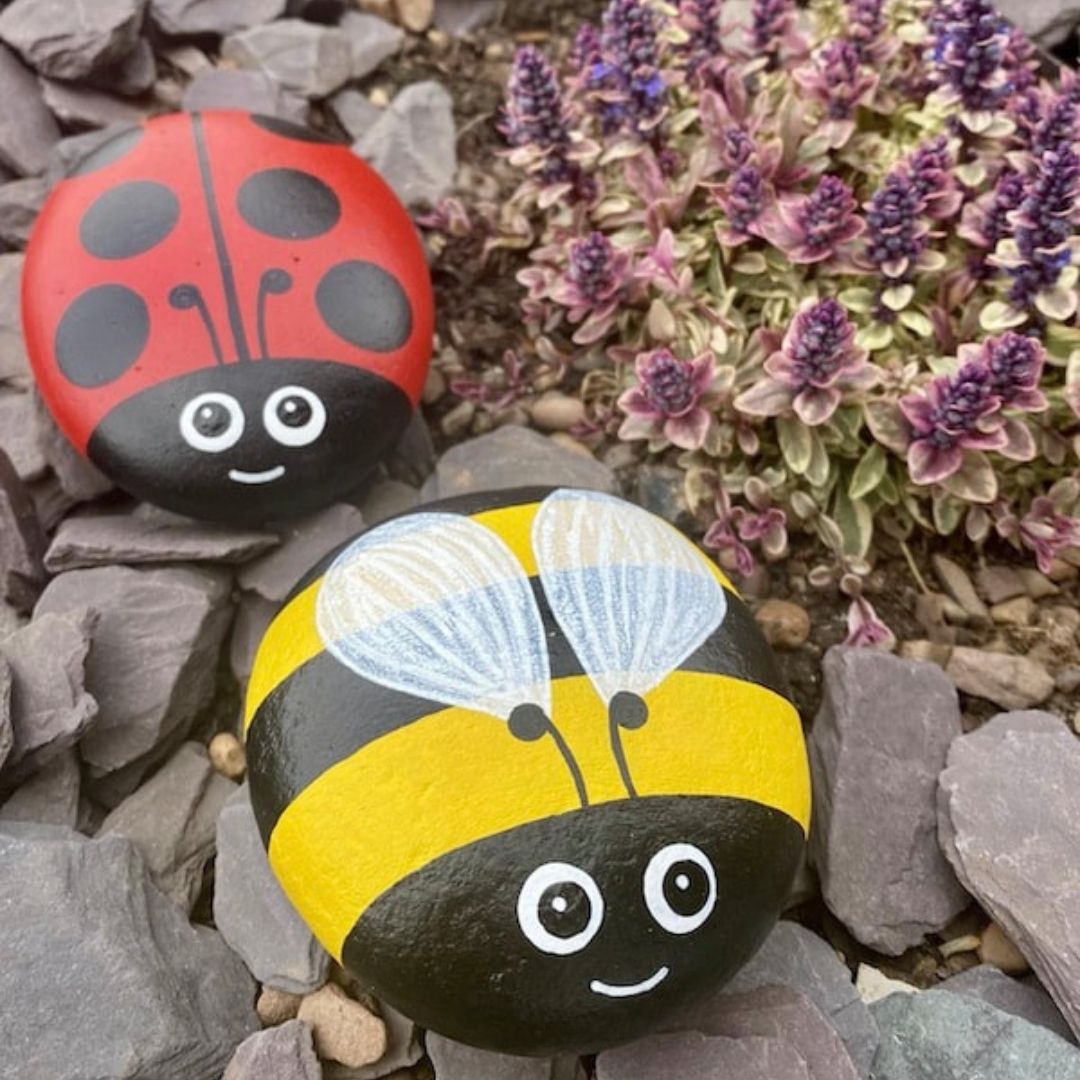
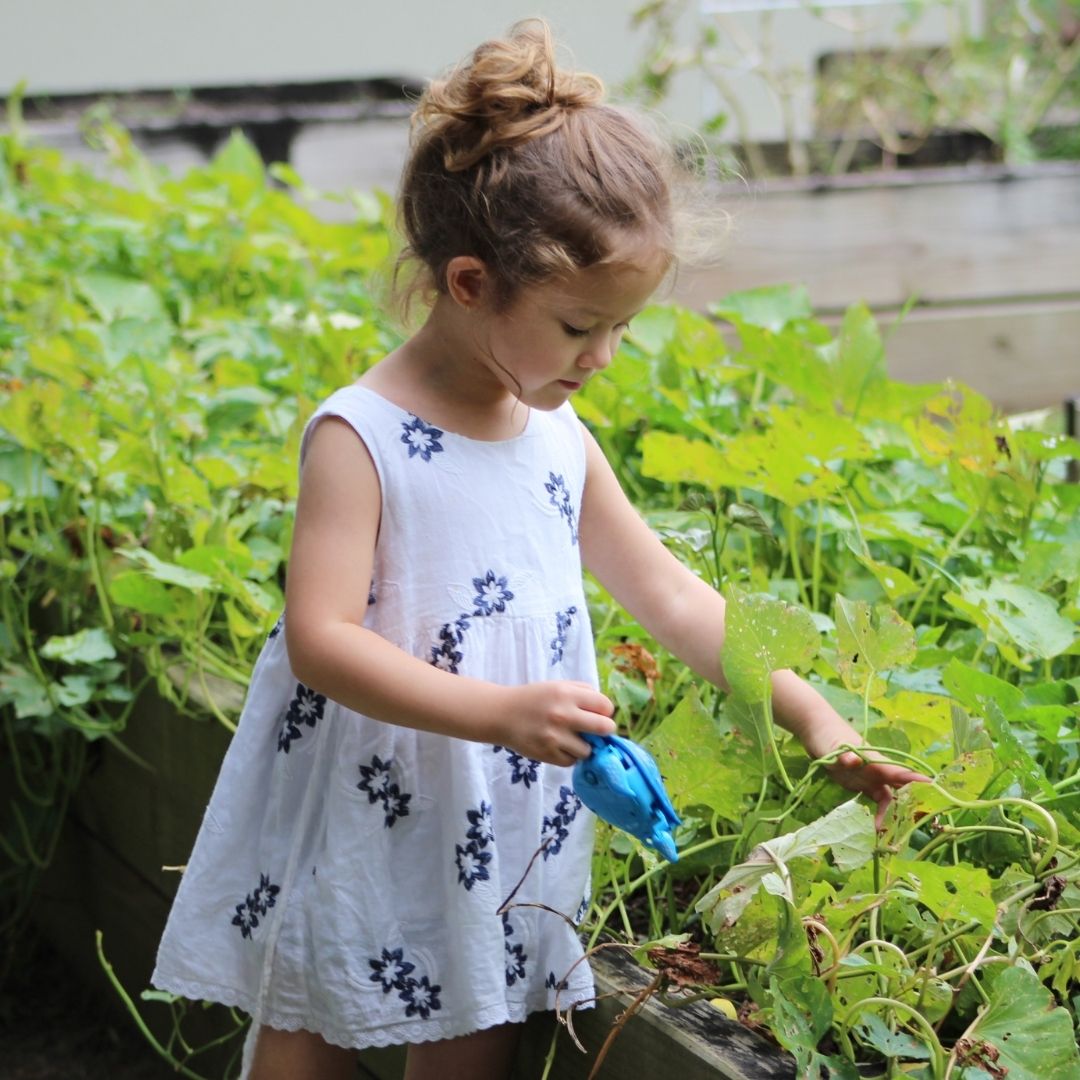
Summer activities
|
|
|
El Rancho de las Golondrinas, Santa Fe’s living history museum, reopens again on June 2. Come visit this summer and take a trip into New Mexico’s colonial past, Wednesday to Sunday from 10 a.m. to 4 p.m. (no reservations necessary), or docent-guided tours by reservation. On our website, you can subscribe to the newsletter or learn about volunteer opportunities. Follow on Facebook and Instagram for the most current news, updates and more; and subscribe to the Las Golondrinas Channel on YouTube for videos featuring historic lifeways.

